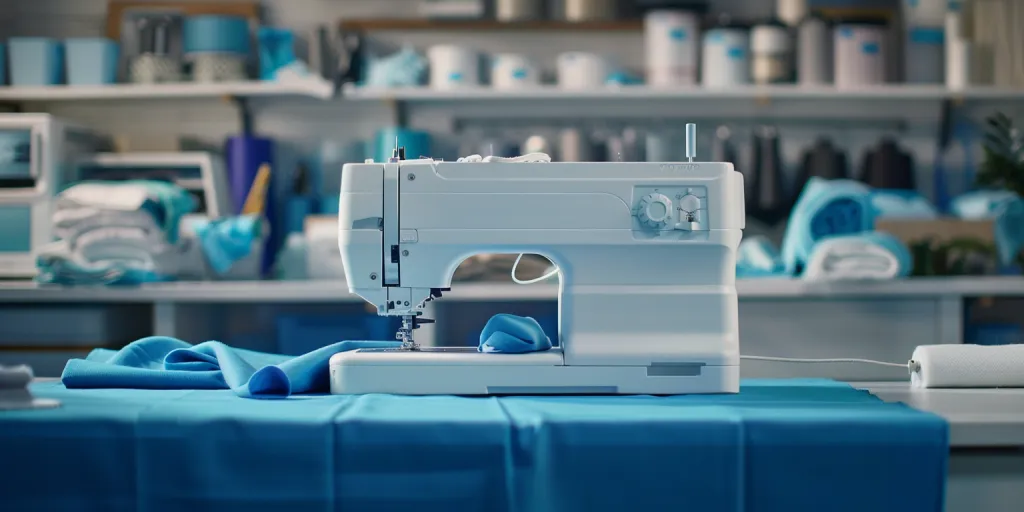Sergers, often referred to as overlock machines, are the unsung heroes of the sewing world, providing professional finishes to fabric edges. These versatile machines, equipped with multiple threads and needles, can trim, sew, and finish seams in one swift motion. This article delves deep into the world of sergers, exploring their functionality, usage, pricing, and top models on the market, making it an indispensable guide for both novice and seasoned sewists.
Table of Contents:
– What is a serger?
– How do sergers work?
– How to use a serger
– How much does a serger cost?
– Top sergers on the market
What is a serger?
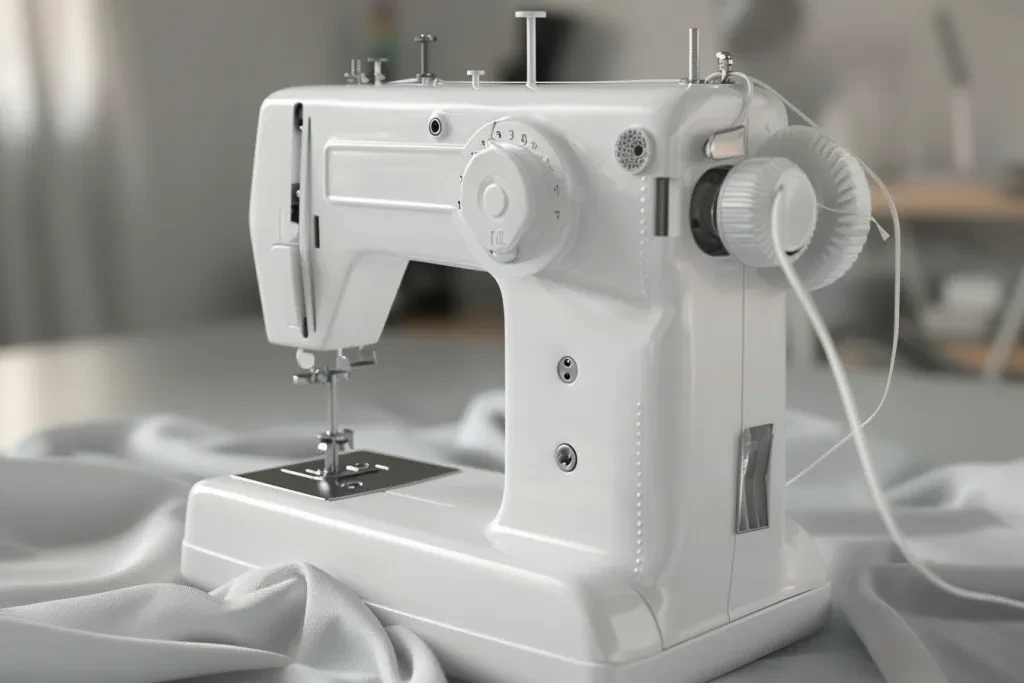
A serger, or overlock machine, is a specialized type of sewing machine designed for edging, hemming, or seaming fabric. Unlike traditional sewing machines, sergers use multiple threads to create a secure and stretch-resistant seam, making them ideal for handling knit or stretchy fabrics. Sergers are celebrated for their ability to cut the fabric as they sew, which not only ensures a clean edge but also significantly speeds up the sewing process. This capability makes sergers a favorite among both home sewists and professional tailors for creating durable, professionally finished garments.
How do sergers work?

At the heart of a serger’s functionality is its use of multiple thread cones and needles. Typically, sergers operate with three to five threads, each contributing to the seam’s strength, elasticity, and finish. The machine’s cutting blade trims the fabric edge just before the needles insert the thread, ensuring the edge is neat and frayed ends are eliminated. The loopers, which are unique to sergers, then interlock the threads around the fabric’s edge, creating a tight and secure seam. This complex interplay of threads, needles, and the cutting blade is what allows sergers to produce their characteristic overlock stitch.
How to use a serger
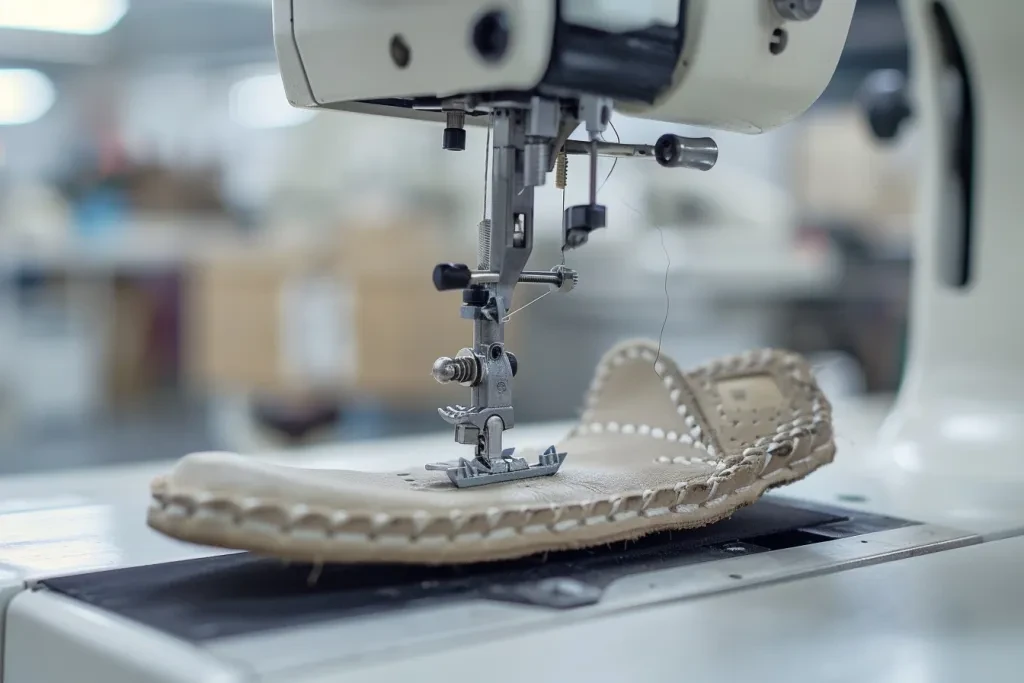
Using a serger may seem daunting at first due to its complexity compared to a regular sewing machine. However, with practice, mastering a serger can significantly enhance your sewing projects. The first step is to familiarize yourself with threading the machine, which is crucial for its operation. Each thread has a specific path and tension setting that must be correctly followed. Once threaded, adjusting the stitch length and width according to the fabric type and desired finish is essential. Practicing on scrap fabric before moving on to your project can help you get comfortable with the serger’s speed and controls. Regular maintenance, such as cleaning the machine and changing the needles and blade, will ensure your serger operates smoothly for years to come.
How much does a serger cost?
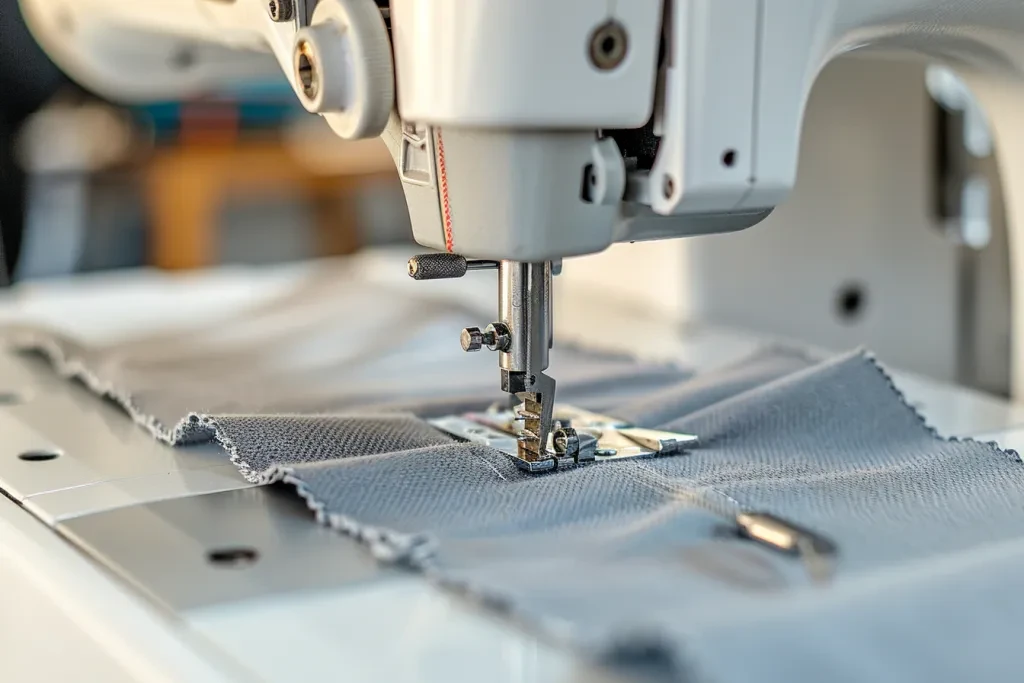
The price of sergers varies widely based on features, brand, and performance level. Entry-level models can be found for as low as $200, offering basic functionality suitable for beginners or occasional use. Mid-range sergers, priced between $300 and $600, provide more features such as differential feed and higher speeds, catering to more experienced users. High-end models, which can cost upwards of $1000, boast advanced features like automatic threading, extensive stitch options, and enhanced durability, appealing to professionals and serious hobbyists. When considering a serger purchase, it’s important to balance your budget with your sewing needs and goals.
Top sergers on the market
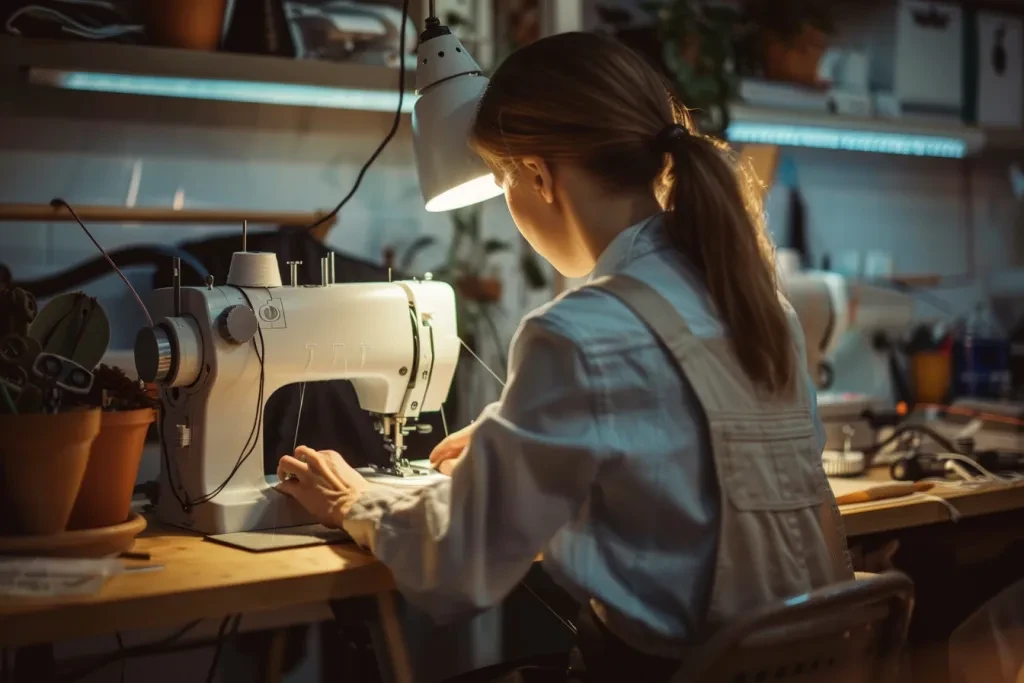
The market offers a variety of sergers, each with its unique strengths. The Brother 1034D is a popular choice for beginners, known for its ease of use, reliability, and affordability. For those seeking more advanced features, the Juki MO-654DE impresses with its powerful performance and versatility. The Baby Lock Acclaim stands out for its automatic threading system, making it a dream for users who dread the threading process. For professionals, the Janome 1200D provides unparalleled precision and control, catering to the most demanding sewing projects. Each of these models exemplifies the diversity and capability of sergers, ensuring there’s a perfect match for every sewist.
Conclusion
Sergers are invaluable tools for anyone looking to achieve clean, professional finishes on their sewing projects. Understanding how sergers work, how to use them, their cost, and the top models available empowers sewists to make informed decisions when adding a serger to their crafting arsenal. With the right serger, the possibilities for creative and high-quality sewing are virtually limitless.
